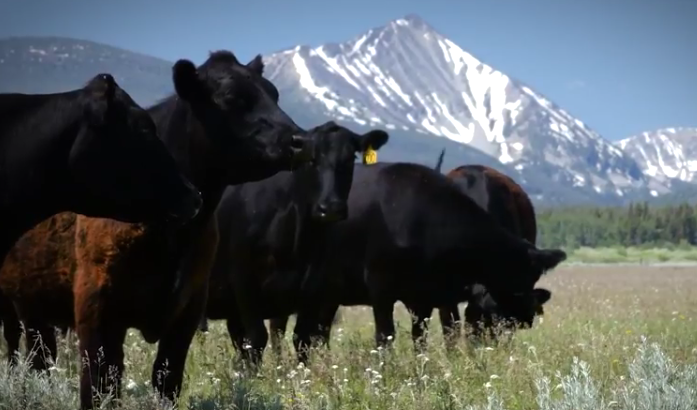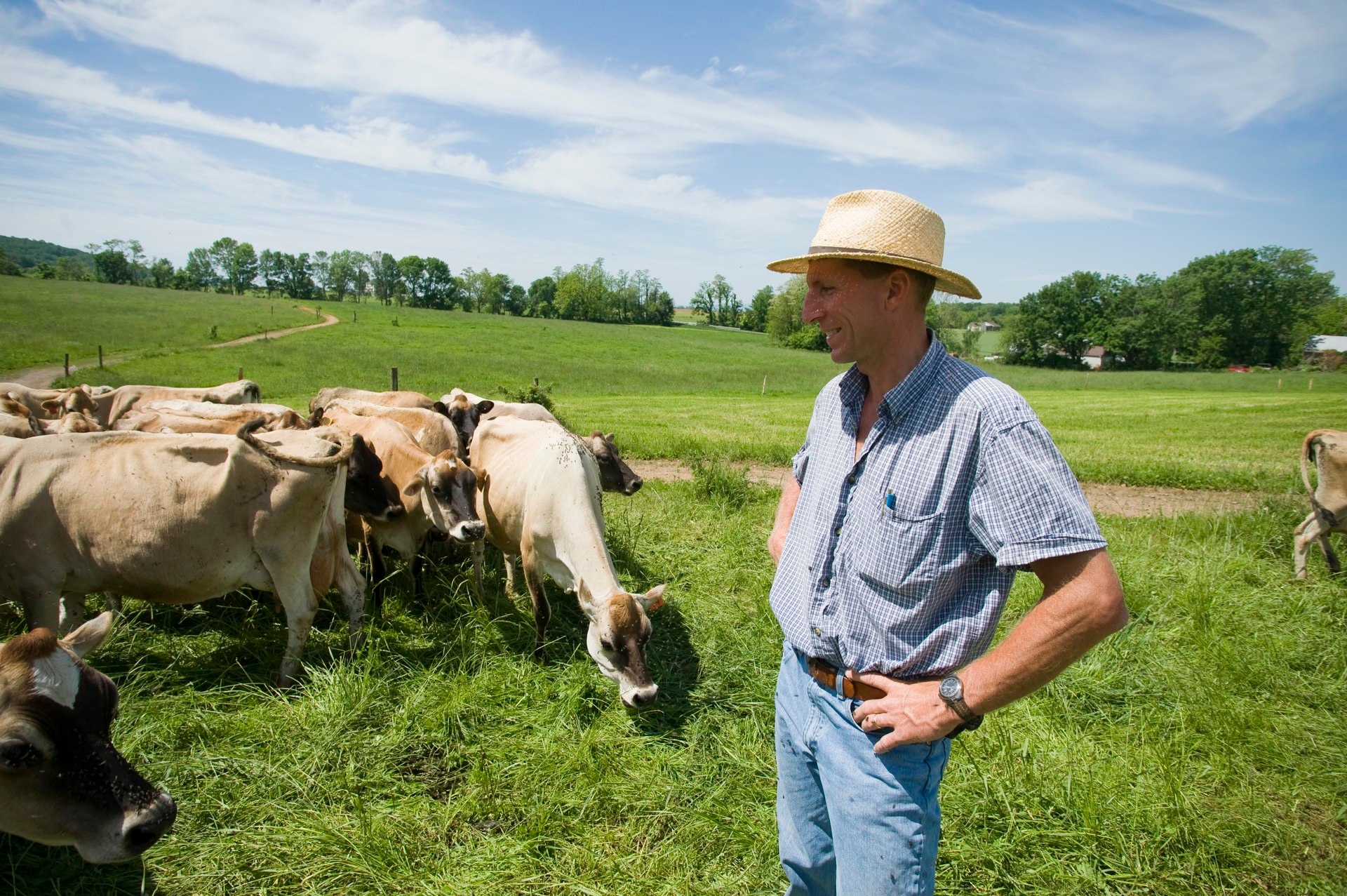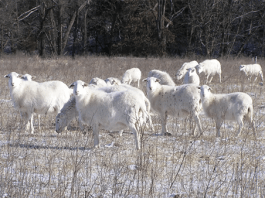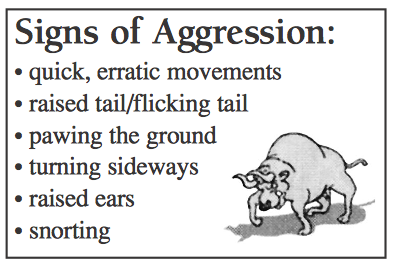
Montana Rancher John Hanson went from total skeptic to believer after seeing how electrified fladry fencing successfully protected his calving grounds from wolves. He couldn’t believe that a hotwire with flags attached could do any good. But seeing is believing. Before the fencing, he’d lost 10% of his calves to wolves. After fencing, not one was harmed, even though trail cameras showed that wolves were visiting the area weekly.
“We had them all the way around the perimeter,” says Hanson in the video below. Bryce Andrews of People and Carnivores, who helped Hanson with the fencing project, says that finding that there was never a wolf inside the pasture and never losing a calf, “to me that’s a pretty profound argument that this tool works in this particular situation.”
Hanson says, “It’s helped in more than just dead calves. It’s helped us in the way the cows behave.” Five years ago the cows were on the fight and went after dogs. But now Hanson and his wife can sort them off in 20 minutes.

That’s the kind of result that People and Carnivores is working toward. Says Bryce Andrews, “We want to be in that role of being able to help people become more empowered on their own land – to go from a situation where they’re essentially waiting to be victimized by a wolf depredation to a situation where they’re empowered and they can actually do something proactive.”
Check out the video to see the fence in action and learn more about how it functions. People and Carnivores has also published a manual on electrified fladry that evolves as they learn and work with ranchers. You can download it here.
Fladry isn’t right for all situations. Matt Barnes, who has worked with People and Carnivores on fladry fencing, notes that “Like all of the mechanical tools for coexistence, it works best on small areas and for short time periods – like a calving pasture, and/or in combination with strategic grazing management.” So, to help ranchers, People and Carnivores is developing other solutions as well, working from the High Divide Region of Montana and Idaho. With a small staff, they can’t leave their region to help everyone, so consider working with your local agriculture professionals or wildlife departments to explore how you might get assistance with projects to reduce livestock/wolf conflicts.





Are there any specs available for the homemade portable solar powered fence charger that puts out over 10kV that’s shown in the video? Looks like it may be an AC fence charger powered by an inverter and 12V car battery and recharged with a fairly good sized solar panel.
I don’t know about the one in the video, but if you look on page 9 of the manual they talk about the set up they found most useful.
I didn’t lose any calves in the field where he put up fladry on my ranch. But as he admits, it’s only valuable for small fields for a short time.
We use the “Montana calving system”: Unlike the “Sandhills” system, we have only one small calving field near the house and the calving shed – but move cows in as they become heavy, and out as the calves are old enough to travel. Thus, we have no mud and no sickness.
So even IF the fladry had kept the wolves out out of the newest calves, the week-old calves were in another, unprotected field. And so the wolves killed two of my replacement heifers instead.
Comments are closed.